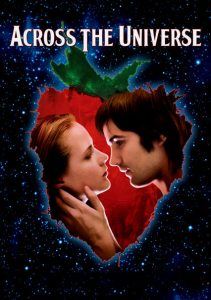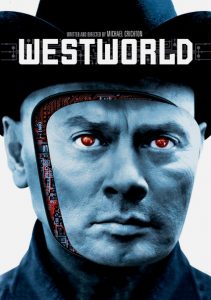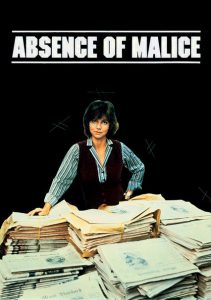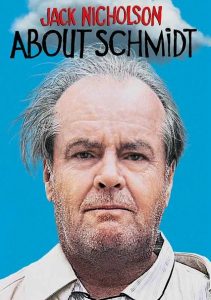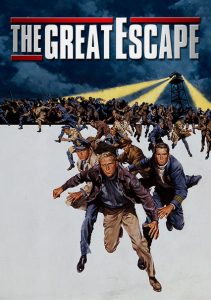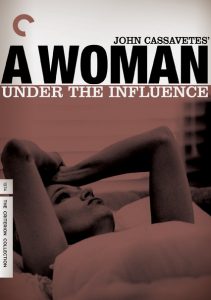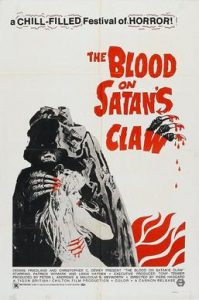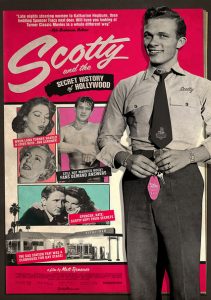The Mackintosh Man-1973
Director John Huston
Starring Paul Newman, James Mason, Dominique Sanda
Scott’s Review #1,058
Reviewed August 31, 2020
Grade: B
The Mackintosh Man (1973) is not one of legendary director John Huston’s best films.
Known for well-remembered titles like The African Queen (1951), The Maltese Falcon (1941), and The Misfits (1961) that all movie historians and fan buffs are familiar with (or should be), this project is rather lackluster, only picking up at the very end to offer a riveting ending.
The rest is mediocre, suffering from a weighted-down plot, a lacking romance, and little in the way of answers or a good wrap-up.
If this sounds too harsh I will say that anything starring Paul Newman is worth seeing. Huston hit the jackpot in the casting department and the actor provides enough to raise The Mackintosh Man’s status to an adequate “B” ranking.
I hate the title as it took days for it to stay in my memory.
Huston attempts to make the film a taut thriller which at times is achieved especially during the climax, and mix humor, but the funnies rarely come, only getting in the way of what would have been better in a darker vein.
It feels like a weak attempt to turn Paul Newman into James Bond.
Back to Newman. With his handsome face and icy blue eyes, he makes any film compelling, but I never really bought him in the role. This could be because of how the character is written.
Newman is an American actor who plays a British secret agent pretending (sometimes) to be Australian. This is a busy ask even for an actor of Newman’s caliber. He was much better in Alfred Hitchcock’s critically panned but well-aged, Cold War thriller, Torn Curtain (1966) in a similar role.
Dominique Sanda, brilliant in The Conformist (1969), has little screen time until the finale at which time her character finally shows depth.
Newman plays Joseph Rearden, a British intelligence agent tasked with bringing down a communist spy ring. After purposely getting himself tossed in a high-security prison, he breaks out of the joint in an escape arranged by a mysterious organization.
Rearden then tries to track the group’s activities and unmask its shadowy leader played by James Mason.
On paper, the premise sounds quite appealing and with Newman, Mason, and Sanda in my pocket, my expectations were lofty, but not met.
I am not painting the film as bad by any means, just not as good as I anticipated. Certainly, some aspects work.
Reardon’s time in prison is appealing and might have influenced the not-yet-made Escape from Alcatraz (1979).
When a male prisoner makes a pass at Reardon on the lunch line asking Reardon if he’d like to dance with him, he is kindly rebuffed. Does the prisoner cleverly respond with “maybe in a year or two”?
The scene is played for laughs but also contains a sweet innocence.
The Mackintosh Man is not a film where a scene like this can be interpreted as anything more than re-affirming Reardon’s (and Newman’s) masculinity, though.
From there, we get back to business. He meets a convicted Russian spy and the two conceive a successful prison break. How they escape so easily is hard to swallow, but they have help from an organization.
After the breakout, Reardon finds himself drugged and sent to Ireland. It turns out that the escapade was organized by Mackintosh in the hopes Reardon could infiltrate the Scarperers gather information on the group’s leader, Sir George Wheeler (James Mason), and prove him to be a Russian spy.
Just writing this out feels too confusing which is the film’s main problem.
Reardon has a flirtation with an eccentric tall, bad girl straight out of a Kubrick film before connecting better with Mrs. Smith (Sanda) and culminating in a harrowing climax aboard a luxury yacht with the gorgeous backdrop of Malta.
The sequence almost makes the rest of the film forgivable as a lot of action suddenly develops and the landscape is gorgeous. A deadly and unexpected shooting occurs after an incident involving drugged champagne or white wine.
I advise watching The Mackintosh Man (1973) with the knowledge that the slowness and the confusion of most of the film are worth watching for the fantastic finish.
Events and plot points may not necessarily all be spelled out, but the yacht scene and Malta locales are tremendous.
Newman carries the film with good acting from Mason and Sanda supporting the star.

